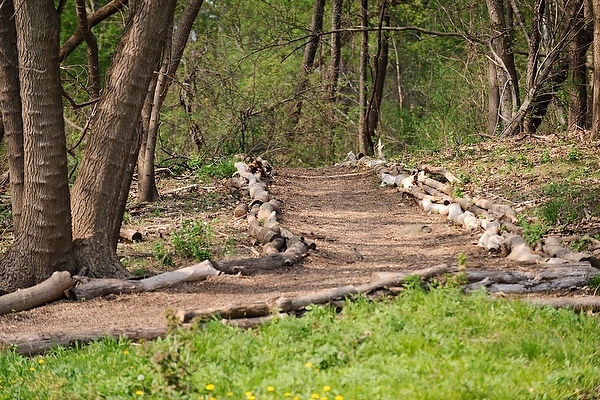Decaying trees being removed at Lakeshore Nature Preserve

Trees to be removed in the Lakeshore Nature Preserve are located adjacent to paths or roads and are considered hazardous because they could fall.
Crews will begin removing about 80 decaying and dead trees starting this week in the 300-acre Lakeshore Nature Preserve. All trees identified for removal were either already dead or showed signs of significant decline.
Trees are located adjacent to paths or roads and are considered hazardous because they could fall. Work is expected to continue through spring, as weather permits.
“We only remove trees when we need to and, unfortunately, these trees need to be removed due to safety concerns,” says Gary Brown, director the Lakeshore Nature Preserve and director of campus planning and landscape architecture. “The Lakeshore Nature Preserve is something we all take pride in taking care of so people can enjoy it for generations to come. It’s important for us to keep it maintained.”
Oak wilt disease caused many of the trees’ decay. Others suffered due to the drought of summer 2012 and last year’s harsh winter.
UW-Madison Grounds Department staff and contracted tree removal specialists will remove the trees. Special consideration will be taken with removal of trees adjacent to the Indian burial grounds.
The main trunk of trees will be left standing for wildlife habitat on as many trees as possible. Wood from removed trees will be utilized as firewood for users of the fire pits along the Picnic Point path, after appropriate precautions are taken not to spread diseases or pests.
The Lakeshore Nature Preserve represents about 1/3 of the total acreage of the main UW–Madison campus. From the Limnology Lab to Wally Bauman Woods via Picnic Point along the full length of the famed Lakeshore Path, the preserve includes roughly 4.3 miles of Lake Mendota shoreline — roughly 1/5 of the lake’s total circumference.
